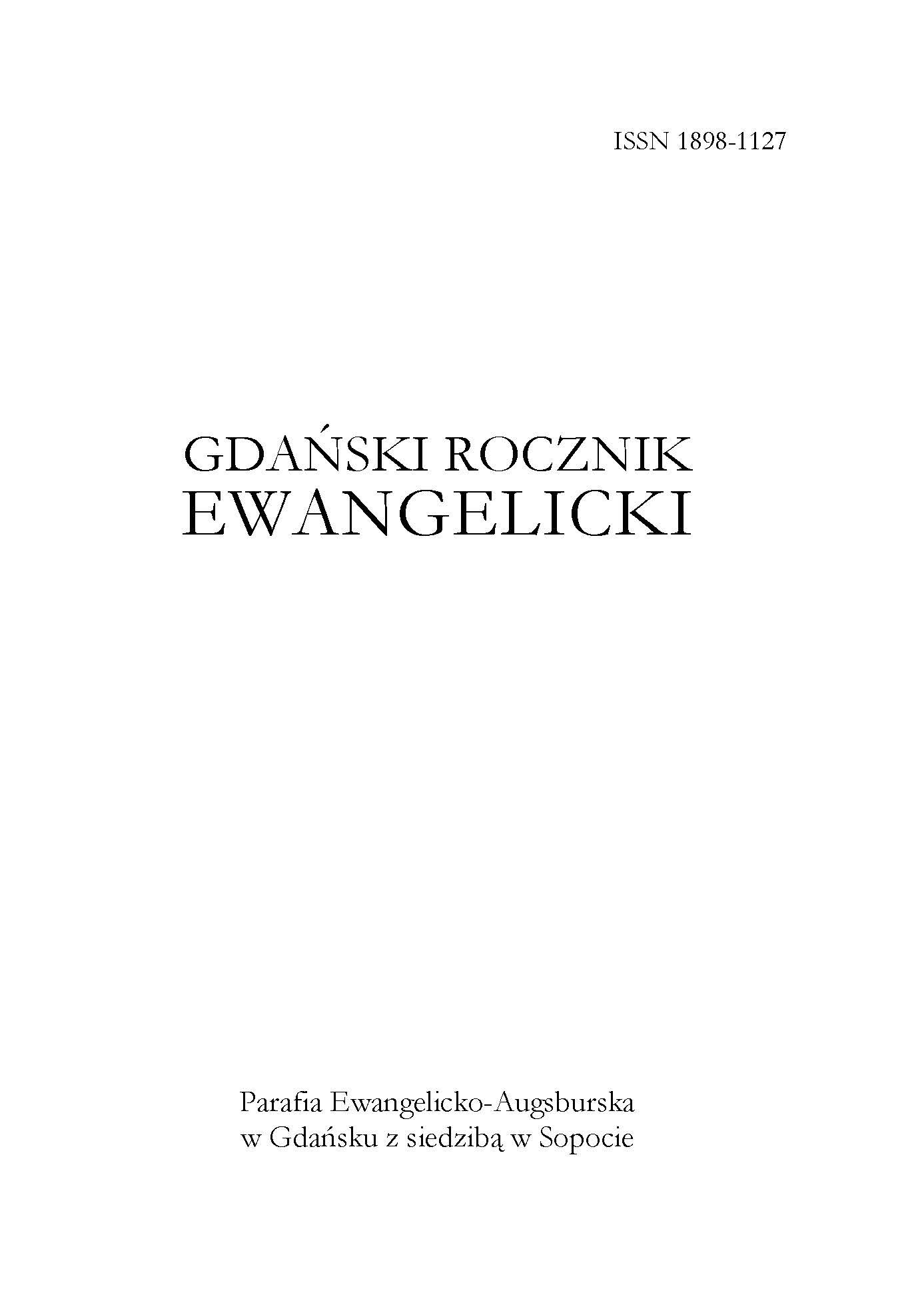Zarys dziejów Reformacji w Wielkopolsce
An Outline of History of the Reformation of Wielkopolska
Author(s): Janusz MałłekSubject(s): Christian Theology and Religion, History of Church(es), Theology and Religion
Published by: Parafia Ewangelicko-Augsburska (Luterańska) w Gdańsku-Sopocie
Keywords: Lutherans; Calvinists; Czech Brethren; Arians (antitrinitarians); “Sandomierz Agreement”
Summary/Abstract: The article presents beginnings and development of Protestantism in Wielkopolska (Greater Poland province) till 1570. It is composed of the following parts: 1. Beginnings of the Reformation in Wielkopolska; 2. Czech Brethren in Wielkopolska; 3. Lutheranism in Wielkopolska; 4. Calvinists and Arians (Unitarians) in Wielkopolska; 5. Unification of Reformation Denominations. Sandomierz Agreement 1570. Specific feature of the Reformation movement was its multinational character. 60 Lutheran parishes of Polish and German speaking communities emerged here. In addition, 64 parishes of Czech Brethren were established under initiative of Czech immigrants, but majority of faithful members were Polish nationals. Calvinist parishes were only three in number while those of Arians (Polish Brethren) formally four, not counting the real existence of a parish in Śmigiel. Despite differences among these various confessions Protestant Churches in Wielkopolska, in fear of the Counter-Reformation, actively joined to unify their confessions. In 1555 Koźminek was the scene of the union between Małopolska (Lesser Poland provice) Calvinists and Czech Brethren in Wielkopolska. Then in 1570 Lutherans, Calvinists and Czech Brethren, excluding Arians (antitrinitarians) concluded a union on a federation base, referred to as “Sandomierz Agreement” with the purpose to mutual recognition of confessions and cooperation. That was an early example of ecumenism among various fractions of Protestantism in Europe.
Journal: Gdański Rocznik Ewangelicki
- Issue Year: 2016
- Issue No: 10
- Page Range: 21-31
- Page Count: 11
- Language: Polish

